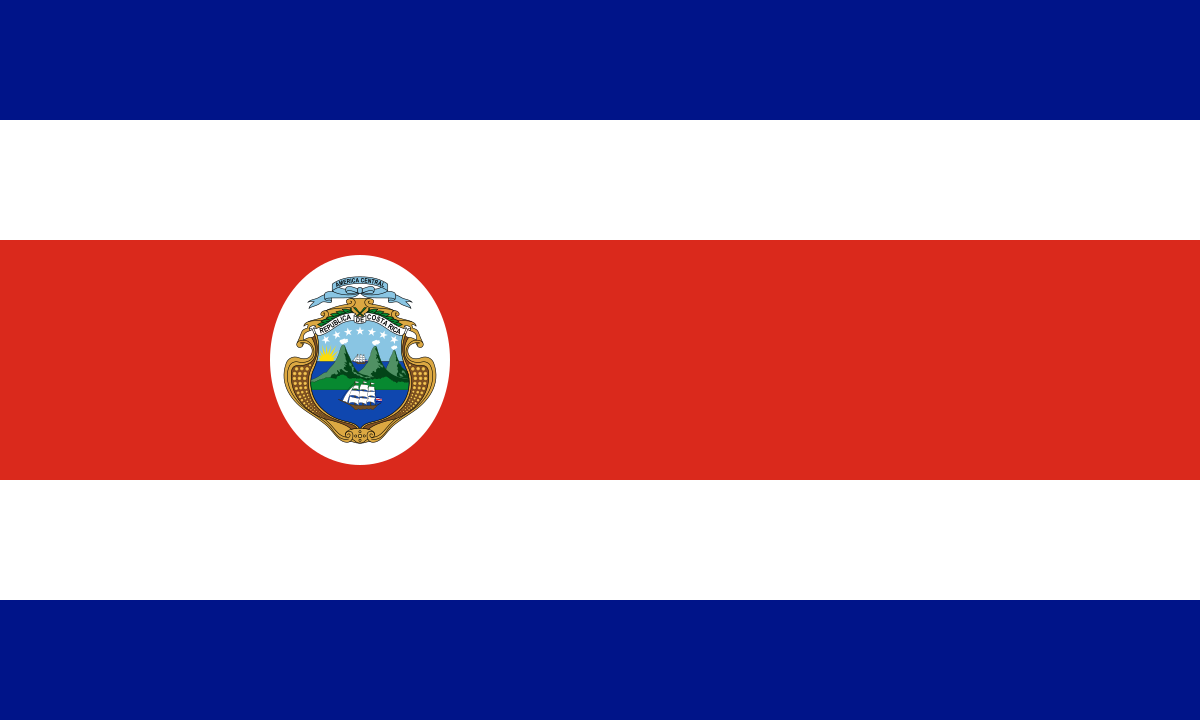The constant movement of Earth's tectonic plates have reshaped continents and oceans over the past billion years. If the movement beTtween adjacent plates was smooth and continuous we would be unaware of the movement between the plates. Unfortunately, that is not the case. Plates move "episodically"(Keller 53) every few hundred years. "These large episodic movements of the plates cause the violent ground shaking we know as an earthquake" (Keller 53). There are three key factors that determine the shaking you feel during an earthquake:
- Earthquake magnitude
- Location in relation to epicenter and direction of rupture
- local soil and rock conditions

Large earthquakes release enormous amount of energy. Seismologists measure this energy on a magnitude (M) scale. "Earthquakes are given description adjectives based on their magnitude scale" (Keller 61). Most earthquakes are described as major(M 7-7.9) or strong (M 6-6.9) (Keller 61). Earthquakes classified as major can cause "widespread and serious damage" (Keller 61). Whereas, strong earthquakes can cause "considerable damage" (Keller 61). The most powerful earthquake is called a grand (M 8+). The amount of ground motion produced by an earthquake is related to its magnitude, depth and environment where it happens. Buildings more prone to damage are the ones that are constructed on unconsolidated sediment, artificially filled land, water saturated sediment. All are said to amplify the shaking (Keller 63). Also, the buildings that are not designed to withstand significant horizontal acceleration of the ground or have natural vibration frequencies that match the frequencies of the seismic waves are highly subject to damage.

Earthquake intensity varies with the severity shaking and is affected by proximity to the epicenter, the local geological environment and the engineering of structures (Keller 64). Earthquake intensity is shown in maps and recently the U.S. Geological Survey, USGS opened an online survey, "Did You Feel It?" to solicit reports from people in the US who recently felt an earthquake.
According to the USGS website, along the western coast of Central America, the Cocos plate subduct towards the east beneath the Caribbean plate at the Middle America Trench. Convergence rates vary between 72-81 mm/yr, decreasing towards the north. This subduction results in relatively high rates of seismicity and a chain of numerous active volcanoes; intermediate-focus earthquakes occur within the subducted Cocos plate to depths of nearly 300 km.
Since 1900, there have been many moderately sized intermediate-depth earthquakes in this region, including the September 7, 1915 M7.4 El Salvador and the October 5, 1950 M7.8 Costa Rica events. The boundary between the Cocos and Nazca plates is characterized by a series of north-south trending transform faults and east-west trending spreading centers. Under Costa Rica, the tectonic plates Nazca, Cocos and Caribbean all converge just off the Pacific Coast.This makes for a lot of seismic activity. In the area where the September 5 quake hit on the Nicoya Peninsula, the Cocos plate was diving beneath the Caribbean plate. Currently, Costa Rica has changed to Masonry buildings rather than adobe ones because adobe buildings were the riskiest types to build (gfdrr.org). There have been many groups arranging plans snd helping individuals tear their adobe buildings to modern masonry buildings.
Sources
- https://gemrisk.wordpress.com/2016/03/04/profiling-earthquake-risk-in-costa-rica/
- https://earthquake.usgs.gov/earthquakes/eventpage/us2000bmhe#region-info
- gfdrr.org
- Benz, Harley. “USGS Open-File Report 2010-1083-A: Seismicity of the Earth 1900–2010 Caribbean Plate and Vicinity.” USGS Publications Warehouse, pubs.usgs.gov/of/2010/1083/a/.
- Keller, Edward A., et al. Natural Hazards, Earth's Processes as Hazards, Disasters, and Catastrophes. Fourth Edition. 20


















